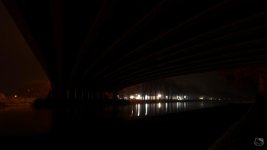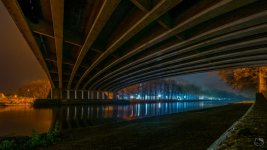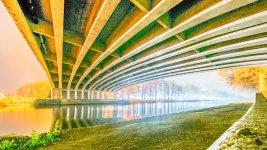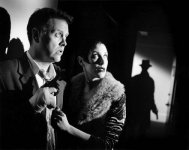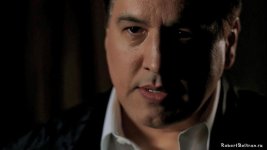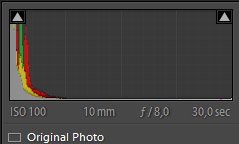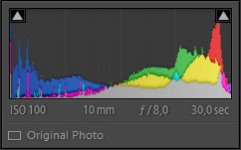I'm making the jump to DSLR from low end pro video cameras and am slowly figuring out the differences interchangeable lenses make.
I'm really surprised my new D3300 doesn't have anything to help focus. Most camcorders, even at the consumer level, now come with focus peaking or zoom focusing. Is there something on this camera I haven't uncovered yet? Or is it just up to my ability to squint at the viewfinder/LCD?
Also, I don't understand at all why I can't see my shutter/aperture/ISO aren't visible in the viewfinder. I have to look at the picture I just took to see how what my settings look like. This seems like I'm doing something really, really wrong. Is there some setting to make the viewfinder functional for more than framing?
Thanks,
Jay
I'm really surprised my new D3300 doesn't have anything to help focus. Most camcorders, even at the consumer level, now come with focus peaking or zoom focusing. Is there something on this camera I haven't uncovered yet? Or is it just up to my ability to squint at the viewfinder/LCD?
Also, I don't understand at all why I can't see my shutter/aperture/ISO aren't visible in the viewfinder. I have to look at the picture I just took to see how what my settings look like. This seems like I'm doing something really, really wrong. Is there some setting to make the viewfinder functional for more than framing?
Thanks,
Jay

